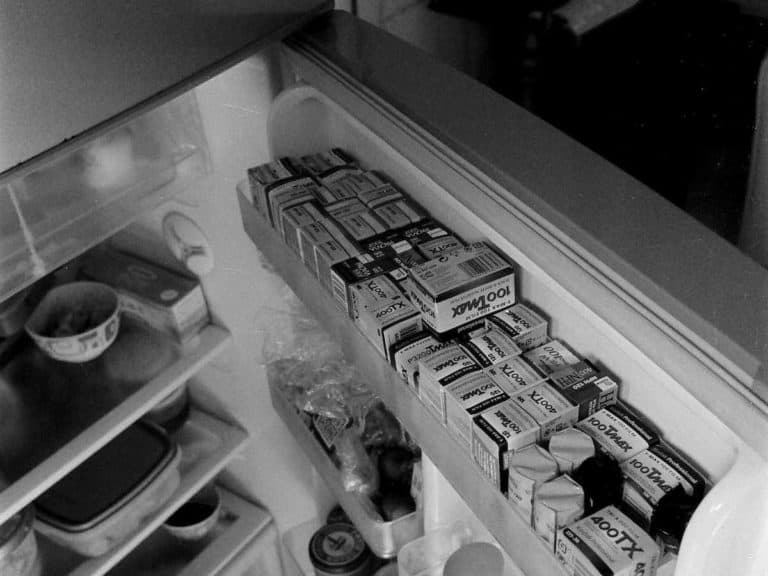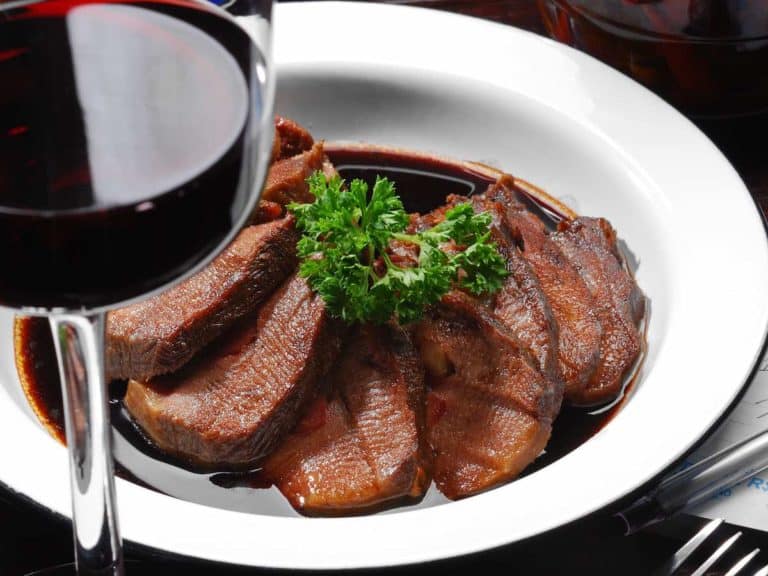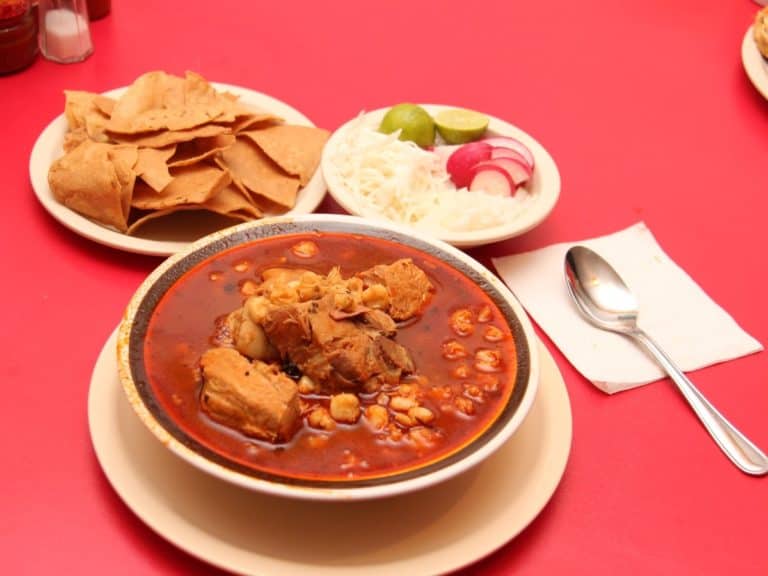Healthy Substitute for Marshmallows
Historians believe Ancient Egyptians were the first to enjoy marshmallows. Ancient Egyptians’ marshmallows were different though. They used theirs as candy and medicine.
We used ours solely as a treat, and it’s not really healthy. Every time I think about how much sugar is in s’mores that my children love, I get worried. But don’t fret, there is a solution.
A healthy substitute for marshmallows is sugar-free marshmallows. These versions have the same ingredients, minus the sugar. These marshmallows use non-caloric sweeteners like maltitol. For s’mores, you can use fruits like pineapples instead. Lastly, you can make your own healthy version.
You can eat marshmallows as they are or you can use them in cooking. Whichever the case may be, there are healthy substitutes for marshmallows. Keep reading below to learn more.
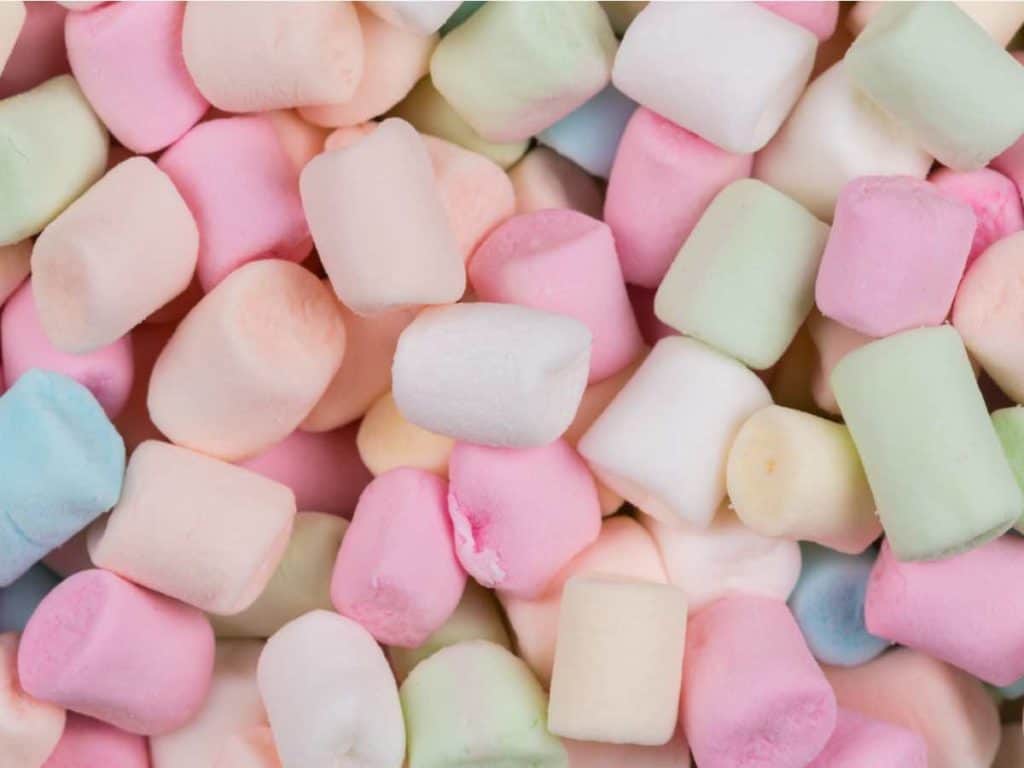
How Marshmallows Are Made
To know what can be good healthy substitutes for marshmallows, it helps to know how marshmallows are made.
Modern marshmallow ingredients can be divided into 2 groups: sweeteners and emulsifiers. The sweeteners are usually corn syrup, sugar, and dextrose. The emulsifiers are usually starch, gums, water, and gelatin.
Sometimes egg whites are also included. The emulsifiers give marshmallows their body and texture. Minor ingredients include flavorings and colorings.
The sweeteners are cooked with water to get a syrupy result. They are usually cooked up to 240 °F (115 °C). The emulsifiers are simply mixed with water. When the sweeteners are cooked, they’re mixed with the emulsifiers.
They’re mixed while the sweeteners are still hot. The resulting mixture becomes thick, puffy, and white. It looks like a big blog of shapeless marshmallows. It’s at this stage where the minor ingredients are added, like vanilla and salt.
When done mixing, the marshmallow is left to cool and set for at least 4 hours. It gets more structured during this time. The surface also gets sticky. So a coating of powdered sugar or corn starch is added to counteract the stickiness. They are then cut to their desired shapes.
Healthy Substitutes
Marshmallows are a treat, but like many treats, marshmallows aren’t really healthy. As you saw from the main ingredients, marshmallows are mostly sugar. However, thanks to science and creativity there are now healthy substitutes for marshmallows.
Sugar-Free Marshmallows
With sugar-free marshmallows, the sweeteners are replaced with non-caloric sweeteners. Non-caloric sweeteners are substances that taste sweet. But, they aren’t broken down by the body for energy.
Examples of non-caloric sweeteners are sugar alcohols like isomalt and maltitol. Other non-caloric sweeteners that might be used are stevia, monk fruit, and sucralose.
Take note though that some people’s digestive system can have bad effects with sugar alcohols. Some people find themselves feeling bloated and gassy after consuming certain sugar alcohols.
The gasses are because of fermentation in the intestines. Since the sugar alcohols aren’t broken down by our body, they linger in the intestines.
Meanwhile, our natural gut microbiome can ferment sugar alcohols. And fermentation produces gas. Hence the flatulence.
Others find that certain sugar alcohols have a laxative effect on them. This effect is common among people with irritable bowel syndrome. Some doctors even prescribe sugar alcohols as laxatives to address constipation.
Some people don’t experience any of those problems with sugar alcohols. If you’re one of those people, then sugar-free marshmallows are an option for you. Sugar-free marshmallows are also great for pre-diabetics, diabetics, and people on a keto diet.
Fruits
Fruits can be substitutes for marshmallows if you like to eat marshmallows as s’mores. Grilled pineapples and peaches are good substitutes. If you want to make them sweeter, you can add sugar or syrup.
The sugars will caramelize as you cook them. Date sugar and date syrup are healthier sweetener options. These sweeteners are made from wholes dates. Besides being sweet, dates also have fiber and antioxidants.
But if you want to keep the calories low, use non-caloric sweeteners, like stevia or sucralose. Use these sweeteners after grilling because they don’t caramelize.
Sweetener, Flour, and Nut Butter
This option is still packed in calories. But at least you also get protein, healthy fats, and fiber from the nut butter.
For the sweetener, you can use liquid sweeteners like honey, agave, maple syrup, or date syrup. For solid sweeteners, you can use date sugar, muscovado, and coconut sugar. Muscovado and coconut sugar are still sugars.
But, they don’t spike your blood sugar as much as regular refined sugar. Dissolve these solid sweeteners in water to make a syrup. If you want to avoid the calories, use non-caloric sweeteners.
For the nut butter, you can have whatever you prefer. You can use peanut butter, almond butter, cashew butter, or whatever.
For the flour, pick one with no strong flavors, like oat flour, rice flour, or wheat flour. You can still use other flours, like soy flour and chickpea flour, if you like their taste.
Mix all the ingredients together and mold them to any shape you want. Add more water if you struggle to mix them.
Here’s a pro tip. You can also add protein powder to increase the protein content. Or you can totally replace the flour with the protein powder for even more protein.
Also, instead of whole peanut butter, you can use peanut butter powder. Peanut butter powder is peanut flour with 85 to 90% of the fat removed. It’s 50% protein. It’s not as tasty as whole peanut butter, but it’s still good.
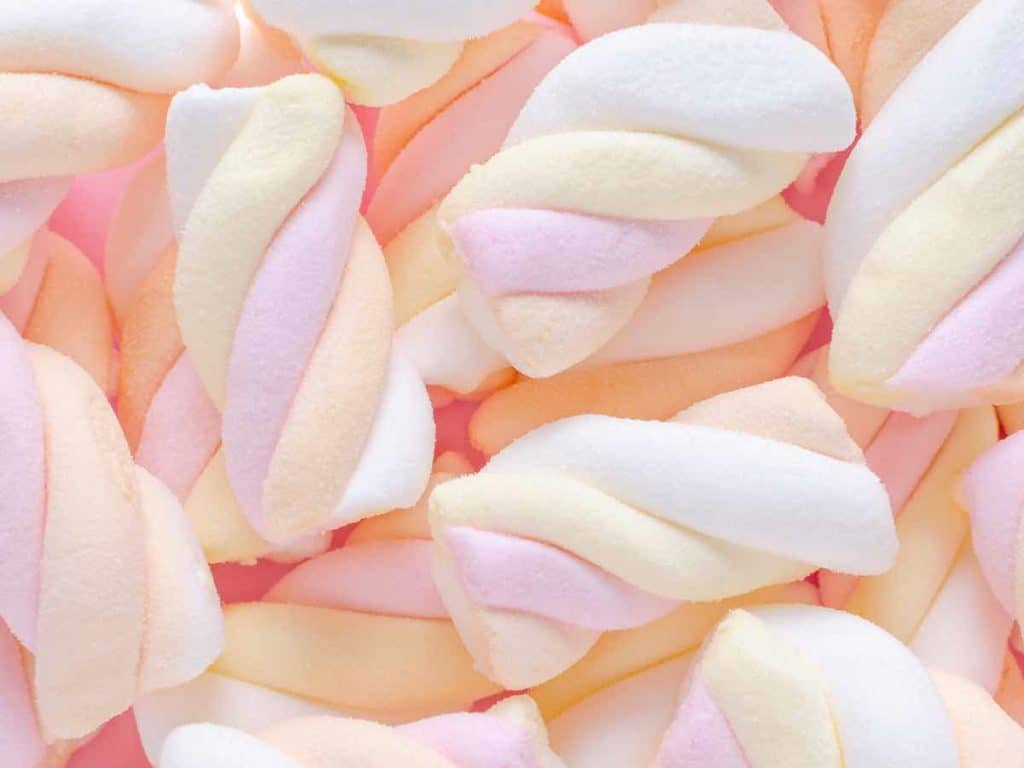
Make Your Own
This option is probably the best because, (1) You still get to have marshmallows, and (2) You decide what’s in them.
Below is a simple healthy marshmallow recipe you can try.
Ingredients
- 1 cup warm water
- 1/4 cup gelatin powder
- You can use gelatin from pasture-raised, grass-fed cows if you want
- 1 cup of honey
- This example uses honey, but you can use any sweetener you like. Take not that certain sweeteners are sweeter than others. Hence, make the needed adjustments for your preferred sweetness level
- 2 tsp vanilla
- 1 tbsp marshmallow root powder (optional)
You will also need the following
- Mixer with a whisk attachment.
- Baking Dish (or Casserole)
If you’ll use marshmallow root powder, combine it with 1 cup of warm water. Mix well and strain. Take 1/2 of this mixture and whisk it with the gelatin using the mixer. If you won’t use marshmallow root powder, directly mix the gelatin with 1/2 of water.
Mix the other 1/2 of water and 1 cup of honey together in a saucepan. Bring this mixture to a boil while stirring. If you have a kitchen thermometer, heat this mixture up to 240 °F. If you don’t have a thermometer, boil for 8 minutes. Boil while continuously stirring.
Turn on the mixer with the gelatin mixture and put it on medium speed. Slowly add the honey solution while mixing. After adding all the honey, set the mixer on high and whisk for 10 to 15 minutes. Add the vanilla at this stage too.
You will eventually get a stiff creamy blop of marshmallows.
Grease your baking dish or line it with parchment paper. Pour the whipped marshmallow and smoothen it. Let it rest for at least 4 hours. Afterwards, cut into pieces.
You can use starch to counteract any stickiness. Store the marshmallows in an air-tight container at room temperature. They can keep for about a week. Do not refrigerate. They will get sticky if you do.
Make Vegan Marshmallows
Gelatin is made from the skins, tendons, and ligaments of pigs or cows. A common vegan substitute is agar agar. Agar-agar looks and acts like gelatin, but it is made from seaweed. Vegan marshmallow brands also use agar agar
Related Questions
How many small marshmallows equal one large?
A regular large marshmallow weighs about 7 g. Small marshmallows weigh about 4 g. So around 2 small marshmallows equal to 1 large. But to be sure, check the nutrition label. The label should say the weight of a piece, as well as the serving size.
Why shouldn’t you refrigerate marshmallows?
Refrigerators are humid. The humidity can make the marshmallow sticky. You can freeze marshmallows though. Freezing temperatures are less humid than refrigerating temperatures. Frozen marshmallows become soft again when you defrost them.
Read Also: Best Substitutes for Chinese Cabbage
